About the Arctic
The Arctic
A region of the world surrounding the North Pole, encompassing the fringes of Eurasia and North America, the Arctic Ocean and its islands (except for the coastal islands of Norway), and adjoining parts of the Atlantic and Pacific oceans. The Arctic has an area of approximately 27 million square kilometres.
The Arctic is an important strategic element in the domestic and foreign policies of all the Arctic nations (Canada, Denmark, Finland, Iceland, Norway, Russia, Sweden, and the USA). Furthermore, economic interest in the region is increasing among non-Arctic nations (including France, Germany, the Netherlands, Poland, Spain, the UK, China, Italy, Japan, Korea, Singapore, and India).
The Russian Arctic
Russia’s Arctic Zone stretches from Franz Josef Land in the northwest to the Wrangel and Herald Islands in the east – covering about a third of the entire Arctic shelf. Its Arctic territories fall within the jurisdiction of Russian federal law and play a significant role in the pursuit of Russia’s economic objectives. Furthermore, the Northern Sea Route and the Northern Air Bridge, which connect Asia and North America, both run through the territory of the Arctic Zone.
The Arctic Zone of the Russian Federation encompasses the territories of Murmansk Region, the Nenets, Chukotka and Yamalo-Nenets Autonomous Areas, the Komi Republic, several regions of the Sakha Republic (Yakutia), the city of Norilsk, two regions of Krasnoyarsk Territory, and municipalities of Arkhangelsk Region. A number of archipelagos and islands in the Arctic Ocean are also part of the Russian Arctic Zone.
Arctic riches
The Arctic region is rich in a large variety of minerals. Primarily, it boasts an abundance of oil and gas. The Arctic contains approximately 22% of the world’s undiscovered hydrocarbon resources, of which 13% is oil, 30% is natural gas, and 20% gas condensate. Eighty-four percent of these resources are located on the shelf of the Arctic Ocean, and 16% in the territory of Arctic nations.
In addition, the flora and fauna of the Arctic are unique, comprising more than 20,000 species of plants, animals, fungi and microorganisms. More than 25% of fish species from the order salmoniformes, 12% of lichen species and 6% of moss species are concentrated in the Arctic. It is the habitat of wild reindeer, Arctic hares, owls, terns, wolves, polar foxes, polar bears, snow sheep, musk oxen, and lemmings. Arctic’s sea-dwelling inhabitants include walruses, seals, and several species of cetaceans: killer and beluga whales, narwhals and bowhead whales.

